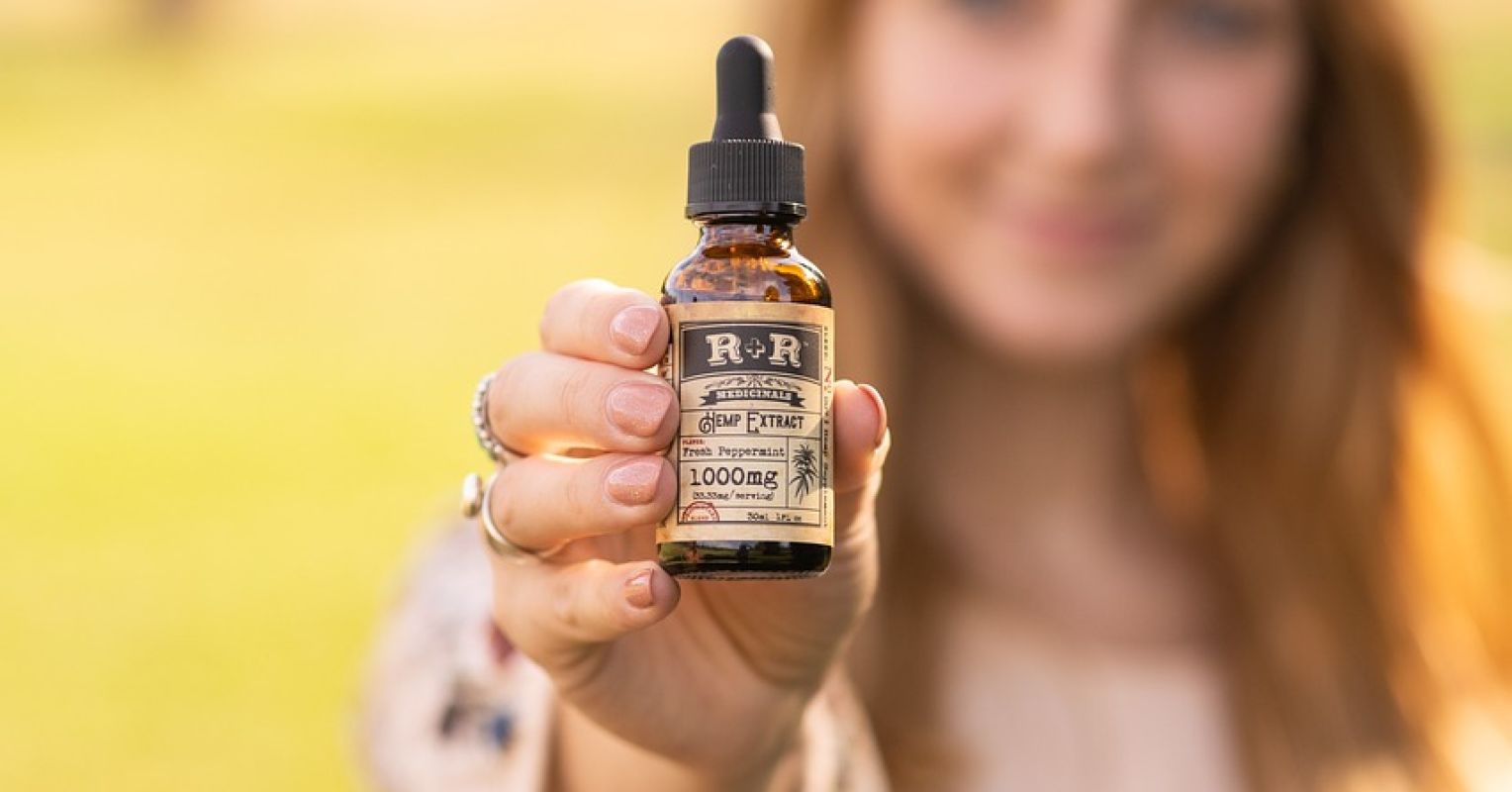
"Cannabidiol (CBD) acts very differently from tetrahydrocannabinol (THC); it's non-psychoactive and not intoxicating, and it does not induce abuse or dependence. It's highly fat-soluble; thus, it enters the brain easily. However, it has low solubility and absorption in water, which produces variable pharmacokinetics and contributes to the difficulty in studying its multiple mechanisms of action. Bioavailability via inhalation averages about 31 percent, while oral bioavailability is only about 6 percent in humans. Therefore, don't bother eating it."
"Most (about 72 percent) CBD users are between 25 and 54 years of age and male. In surveys, the most mentioned reasons for CBD use were anxiety (42.6 percent), sleep problems (42.5 percent), stress (37 percent), and general health and well-being (37 percent). Older users usually turn to CBD for pain relief. CBD directly interacts with numerous receptors targeting multiple pathways and mechanisms of action; all of these may contribute to the therapeutic benefits listed below."
Cannabidiol is non-psychoactive and enters the brain readily due to high fat solubility, but has low water solubility and variable pharmacokinetics with poor oral bioavailability. Most users are aged 25–54 and commonly use CBD for anxiety, sleep problems, stress, and general well-being, while older users seek pain relief. Preclinical mechanisms include TRPV1 stimulation, inhibition of voltage-gated sodium channels, and PPARγ-mediated reduction of neuroinflammation, which can produce analgesia in animal models. CBD may reduce insomnia linked to anxiety via serotonin receptors and may reduce psychotic symptoms at high doses. Evidence for restoring normal sleep cycles or providing reliable pain relief is limited.
Read at Psychology Today
Unable to calculate read time
Collection
[
|
...
]